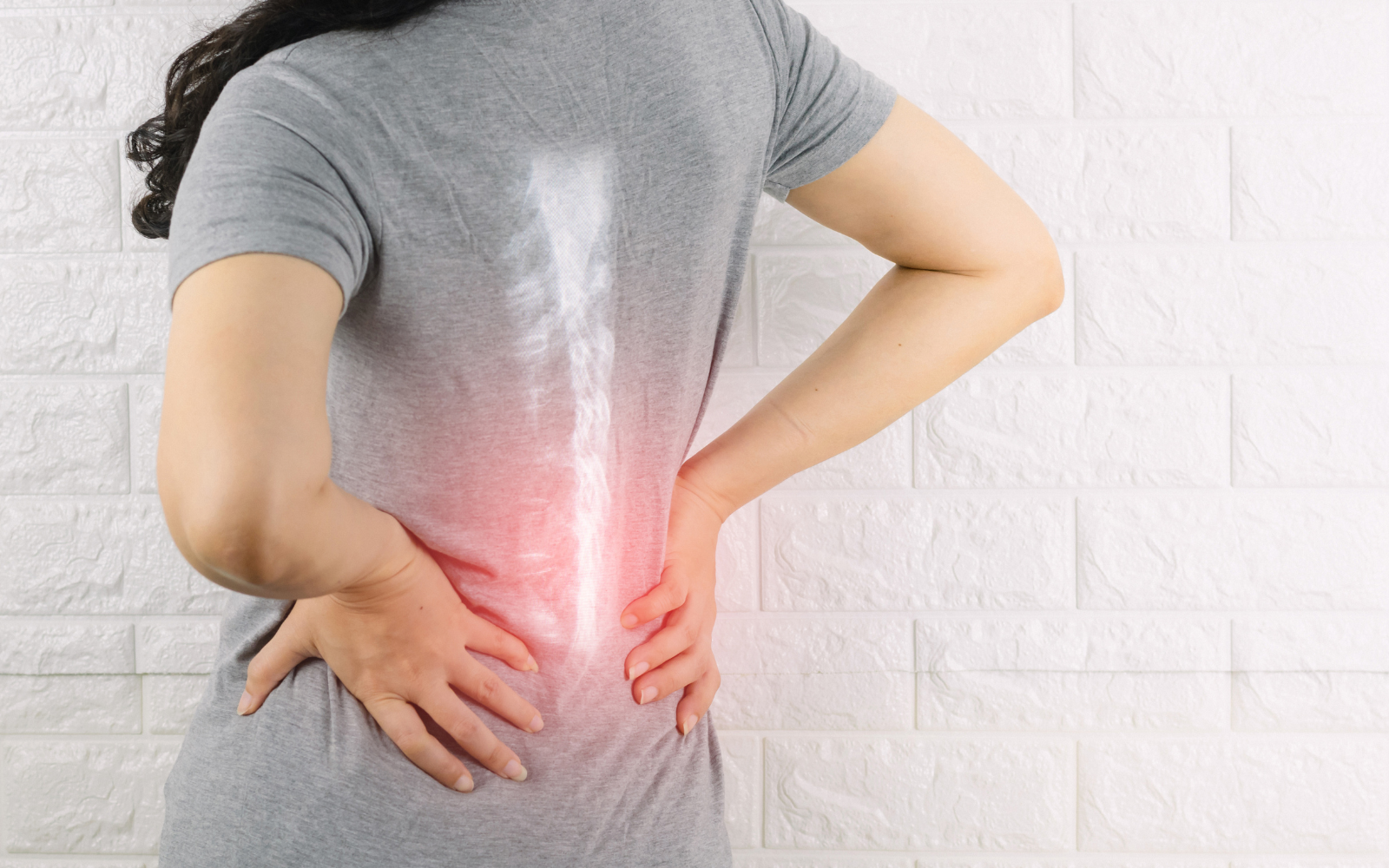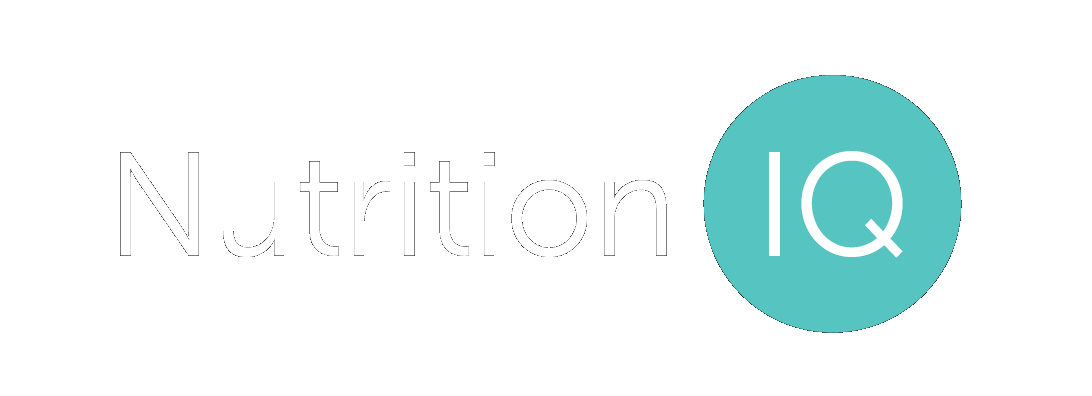Starbucks and Tim Hortons are selling high-protein lattes: Do you need them?
September 17, 2025

Both Starbucks and Tim Hortons announced a new line of high-protein lattes recently. Each company is boasting lattes that contain anywhere from 17 to 36 grams of protein, depending on size and temperature (iced lattes contain slightly less protein). While Starbucks plans to add unflavoured whey powder to its milk, Tim Hortons is using Dairyland's high-protein, lactose-free dairy beverage.
Why Are Coffee Chains Offering High-Protein Drinks?
Protein is a hot commodity. Starbucks and Tim Hortons are jumping on a trend that has been growing for a while now. Not only that, but a lot of people are worried that they’re not getting enough protein. I’ve seen people online recommend a daily protein intake of upwards of 1-2 g/pound of body weight (this is A LOT of protein). For reference, Health Canada recommends 0.8 g/kg for the average person. In my practice, depending on activity levels, I’m more likely to recommend 1.2 g/kg (note the kg not lbs).
Do you need high-protein coffee?
It depends (and yes, I know that's a frustrating answer).
With protein recommendations varying so widely online, people often panic that they aren’t getting enough protein without actually looking at how much they need and how that compares to what they’re getting.
You don’t need to drink a high-protein latte if you’re already getting enough protein. Despite what's touted online, more isn’t always better.
You could benefit from a high-protein latte if you are already a coffee drinker (don't start drinking coffee just for the protein) and you don’t eat a lot of protein. I find the high-protein coffees really helpful on days that I have a lot of client meetings and don't have time to snack. I can drink coffee during my meetings, and it gives me enough energy to make it to my next meal.
The bottom line is that whether you need a high-protein latte really depends on you.
How Much Protein Do You Actually Need Daily?
Let's use Health Canada's recommendation (0.8 g/kg) and my clinical recommendation (1.2 g/kg) as a daily range.
To calculate your protein needs, you need to determine (or estimate) your weight in kg.
As an example, a 150 lb individual weighs 68 kg.
Then you take your weight in kg and multiply it by the reference numbers.
68 kg x 0.8 = 54 g
68 kg x 1.2 = 82 g
Therefore, the daily protein needs for this individual would range between 54 to 82 g of protein per day. So, if this individual was eating an amount of protein within that range and feeling good, no additional protein is necessary. If they weren't, then they could consider adding protein to their coffee to see how they like it.
Keep in mind that your needs may differ depending on your body, your metabolism, any underlying health conditions, etc., so this is merely a suggestion and should not be taken as a personal recommendation. Also remember that you are not a robot. Your protein intake may be higher some days and lower on others, this is ok. You don't need to meticulously track your intake in order to meet your protein needs. This often results in unnecessary stress. Instead, focus on eating balanced meals that contain a variety of food groups. You can learn more about creating balanced meals here. If you want to do a quick estimate of your protein intake to make sure that you're meeting your needs, you can check out this resource from HealthLink BC. As I mentioned above, I don't recommend that people track their intake regularly, as this often leads to obsessive behaviours around numbers, and people forget that food is supposed to make them feel good. However, tracking for a day or two to make sure that you're getting enough, is perfectly fine.
Can you make high-protein coffee at home?
Yes, and probably for a lot cheaper than what you'd buy it for at a coffee shop. It's actually not that difficult to make yourself a high-protein coffee at home; in fact, you probably have most of what you need already at home. Here's what you need:
Coffee
Now most lattes are espresso-based. I will tell you that I make my high-protein coffee with drip coffee because we don’t have an espresso machine, and my husband drinks drip coffee, so there's normally a pot already made. I normally have 2 coffees per day, so opting for drip helps to cut down on caffeine compared to espresso. What you use is entirely dependent on personal preference.
Milk
Dairy-based milk already contains 8 g of protein per cup (plant-based milks usually contain less). So keep in mind that simply switching from black coffee to a latte will already add protein even without any fancy ingredients.
Protein-Boosters
You can add more protein in a variety of different ways, and I encourage you to experiment with different ones so you can find what you like.
High-Protein Milk
The easiest way to add protein is to swap milk for a high-protein milk. Most high-protein milks contain 18 g of protein per cup, but they are more costly than regular milk.
When I experimented with this at home, the high-protein milk frothed way more than regular milk. In fact, it frothed so much that I only needed a ½ cup. Any more than that and my latte was all milk and no coffee. As a reminder, a ½ cup of high-protein milk provides 9 g of protein, while 1 cup of milk provides 8 g of protein. So for me, with my electric frother, it didn't actually make sense to spend more money on high-protein milk when I was basically getting the same amount of protein in my coffee cup. Now, if you simply heated the milk without frothing and could still add 1 cup of high-protein milk, it would be worth it. It’s not worth the extra money if you only use a ½ cup.
Skim Milk Powder
Did you know that ¼ cup of skim milk powder contains 9 g of protein? Skim milk powder is designed to fully dissolve in liquids, so you could essentially boost the protein in your regular milk by adding skim milk powder rather than buying high-protein milk for a much lower cost.
Want to try this, but don’t want to buy a whole bag of skim milk powder just in case? Most Bulk Barn locations sell skim milk powder, so you could buy a single serving just to test it out.
Protein Powder
Starbucks adds unflavoured whey powder to their high-protein lattes. This means that you could do this at home as well.
Depending on the type of protein powder you’re adding, you’re likely looking at 20-30 g of protein per scoop. The fun thing with a protein powder is that you could change the flavour of your coffee to a mocha or vanilla latte, depending on the flavour of the protein powder.
Now, I will be honest, I haven’t tried this. You may need to experiment with the dose and the brand. Not all protein powders will fully dissolve and you may be left with a weird texture or aftertaste.
Collagen Powder
This is actually the method that I use at home. I add a ½ scoop of collagen per coffee, which adds 5 g of protein to each one (if I were only drinking 1 coffee per day I would add the full scoop). Between this and the milk, this means that each of my coffees contains 13 g of protein.
This is obviously a lot less protein than a protein powder BUT it fully dissolves, so it doesn’t change the texture or make the coffee chalky. I also use a vanilla collagen so it tastes like a vanilla latte, but there are unflavoured versions if you’re a coffee purist.
A few things to consider before you get started with high-protein coffee
Cost may be a factor
Adding supplements to your coffee or swapping regular milk for a high-protein version can be costly. You may also need additional equipment at home, depending on how fancy you want to get (for example, you may want an espresso machine, a milk frother etc.), which could also be costly.
You absolutely do not have to make your coffee a high-protein coffee, especially if you are already eating enough protein.
Bodies are different
Not everyone’s bodies react to foods and supplements the same way. Some people have issues tolerating additional dairy, whey, and even collagen. If it makes you feel bad, don’t do it. If you hate the taste, don’t do it.
Remember that you may already be meeting your protein needs, and even if you aren’t, there are other ways to add protein to your diet. If you need help with this, let's chat about it. You can book a free call with me here and we can discuss if I can help you meet your protein needs and health goals.
I'm curious, would you try a high-protein coffee? Let me know in the comments why or why not.
Leave a comment
Comments will be approved before showing up.
Also in Nutrition News

The Ultimate Guide to Stress-Free, Delicious Gluten-Free Holiday Hosting
November 19, 2025
If you are planning on hosting for the holidays and have a gluten-free guest, here are some of my top tips to create a safe and stress-free holiday meal.

Bone Health in Women After 40: How to Keep Your Bones Strong for Life
April 11, 2025
Wondering how to keep your bones strong as you age? This blog breaks down how menopause, nutrition, and even weight loss medications like Ozempic impact your bone health—and what you can do to protect it.

Don't Make These Four Mistakes Planning your New Year's Resolutions
December 16, 2024
+Recent Articles
-
The Ultimate Guide to Stress-Free, Delicious Gluten-Free Holiday Hosting
November 19, 2025
-
Starbucks and Tim Hortons are selling high-protein lattes: Do you need them?
September 17, 2025
-
Bone Health in Women After 40: How to Keep Your Bones Strong for Life
April 11, 2025
-
Don't Make These Four Mistakes Planning your New Year's Resolutions
December 16, 2024
-
The #1 Eating Mistake You May Be Making Over the Holidays
December 11, 2024
-
A Holistic Approach: Managing Endometriosis Symptoms through Nutrition and Lifestyle
November 27, 2024
-
Nourish to Flourish: Nutrition and Lifestyle Strategies for Managing PCOS
September 30, 2024
-
Thriving Through Perimenopause: Simple Nutrition and Lifestyle Changes for Symptom Relief
July 22, 2024
-
Beat Period Symptoms: Nutrition and Lifestyles Hacks for a Better Period
July 08, 2024
-
Sun, Sand, & Self-Esteem: Navigating Body Image in the Summer
June 21, 2024
Sign up to get nutrition tips and tricks directly to your Inbox, as well as the latest on any promotions, webinars, or services being offered by Nutrition IQ.
© 2025 Nutrition IQ.


